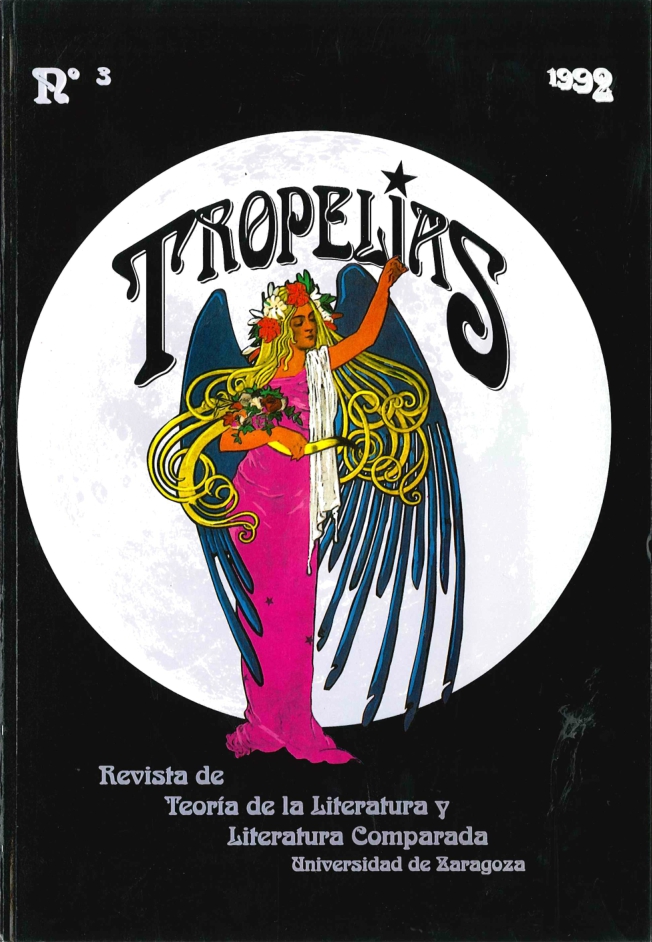Myth and temporality
DOI:
https://doi.org/10.26754/ojs_tropelias/tropelias.199233670Keywords:
Myth, temporality, semioticsAbstract
The elementary structures of temporality obey the fundamental dissymmetry between accented magnitude (or tonic) and unaccented (or unstressed) magnitude in the plane of expression, between intensive magnitude and extensive magnitude in the plane of the content, and in a general way between intensity and "extensity". These elementary structures concern the three dimensions of figurality, namely, the tempo, duration and spatiality, that is, the constitutive elements of what Hjelmslev calls the "figures". From these two series of premises, it is possible to describe singular discursive morphologies. In the text presented, we have devoted ourselves to reminiscence in the first place, striving to show that the importance that some of the greatest writers
have been granted is explained by formal properties that associate tempo, duration and spatiality. The second direction of this study is to approximate the discursive magnitudes of the affect and the event, to see in the affection a "subjective" variety, in the event an "objectual" variety, situating them as dependent on the supervening, that is, , of a structure dictated by a very lively tempo. In short, the myth, independently
of the figurative contents that it affirms, it appears as an inverted morphology of reminiscence and as a chronopoiesis in search of a compromise, of a plausible mediation between the sudden disrupter of supervening and the calming slowness of becoming. By doing so, the subject becomes, or becomes again, according to a beautiful expression of P. Ricoeur, the "guardian of time".
Downloads
Downloads
Published
How to Cite
Issue
Section
License
Los artículos enviados a la revista Tropelías deben ser originales e inéditos, no publicados previamente en cualquier soporte. Únicamente se aceptará material publicado total o parcialmente con anterioridad, o que esté en proceso de evaluación en otra revista, si se hace constar la causa de tal duplicación y se facilita la fuente donde ha aparecido dicho artículo.
Las imágenes que se incluyan en los artículos estarán libres de derechos de reproducción y, en caso contrario, los autores deberán presentar los permisos para su publicación y asumir los pagos derivados de ello.
Los artículos y reseñas publicados en la revista Tropelías pueden ser incluidos en repositorios temáticos o institucionales desde el momento de su publicación, sin modificación alguna e indicando claramente su procedencia.


